In an era where digital memories dominate, a groundbreaking innovation is bridging the gap between scent and nostalgia. Researchers at the Institute of Advanced Material Sciences have developed what they call "Memory Scent Shirts" – garments embedded with microcapsules capable of capturing and releasing the ambient aromas of meaningful moments. This wearable technology promises to revolutionize how we preserve emotional experiences beyond visual and auditory stimuli.
The science behind these shirts involves microscopic polymer capsules thinner than human hair, each acting as a molecular sponge for volatile organic compounds. When activated by body heat or gentle pressure, these microcapsules release their stored fragrances in controlled bursts. Dr. Elara Voss, lead researcher on the project, explains: "Unlike traditional perfumes that impose a single scent, our technology creates a dynamic aromatic profile that evolves with movement and interaction, much like natural environmental smells."
Early prototypes demonstrate remarkable precision in scent replication. Test subjects reported being able to distinguish between similar environments – the salt-tinged breeze of a Mediterranean coastline versus the iodine-rich air of a Japanese seaside town. The shirts achieved this through proprietary molecular filtering that isolates signature scent compounds while excluding transient or unpleasant odors.
Commercial applications extend far beyond personal nostalgia. Hospitality industries are experimenting with uniforms that capture the essence of luxury resorts, allowing guests to take home more than just visual memories. Therapists see potential in treating PTSD and dementia patients through scent-triggered memory recall. Even historical preservationists have expressed interest in archiving the atmospheric profiles of endangered ecosystems or culturally significant locations.
However, the technology raises intriguing philosophical questions about sensory ownership and emotional authenticity. Can a replicated scent truly convey the emotional weight of an original experience? Critics argue that commodifying smell memories might lead to a new form of sensory manipulation in marketing and social media. Proponents counter that scent has always been the most evocative yet ephemeral of senses, deserving preservation methods equal to photography and audio recording.
The development team is currently refining the capsule durability, aiming for at least fifty scent releases per microcapsule without significant degradation. Consumer versions are expected to launch within eighteen months, initially as high-end fashion items before trickling down to mass-market applications. As this technology develops, it may fundamentally alter how we curate personal histories – not through pixels or soundwaves, but through the invisible chemistry of air and memory.
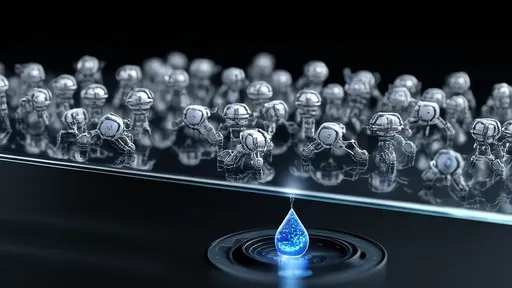
By /Jul 16, 2025

By /Jul 16, 2025

By /Jul 16, 2025

By /Jul 16, 2025

By /Jul 16, 2025
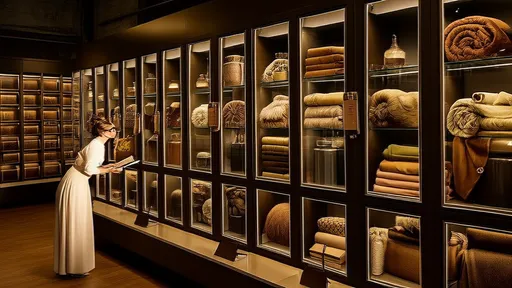
By /Jul 16, 2025
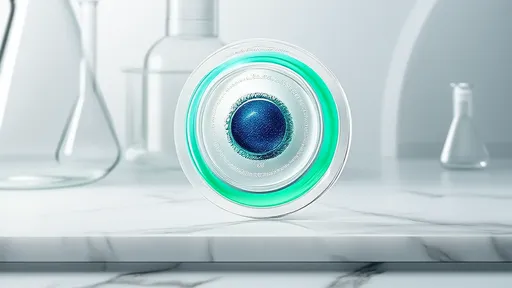
By /Jul 16, 2025

By /Jul 16, 2025

By /Jul 16, 2025
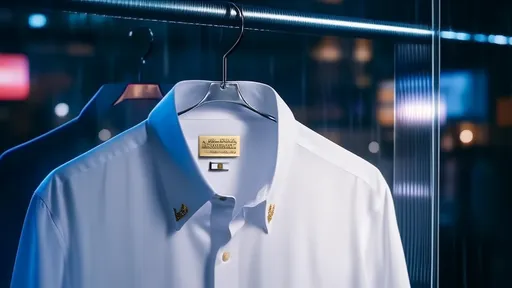
By /Jul 16, 2025

By /Jul 16, 2025
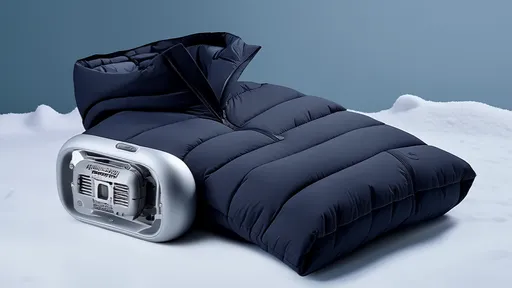
By /Jul 16, 2025
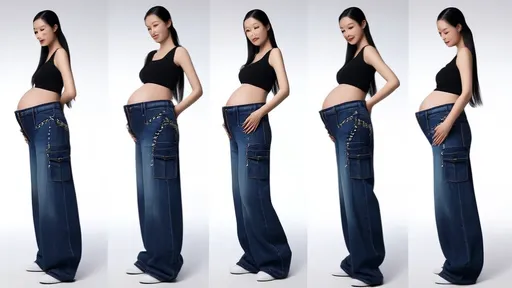
By /Jul 16, 2025

By /Jul 16, 2025
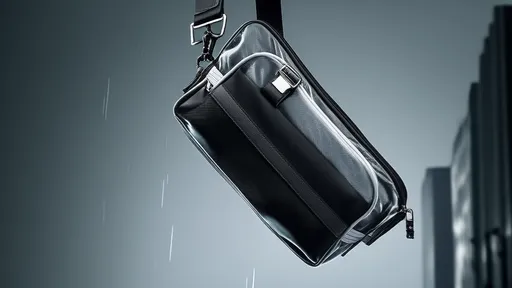
By /Jul 16, 2025
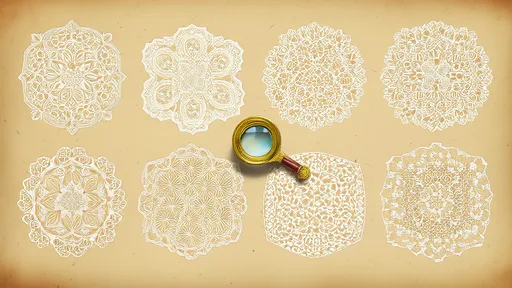
By /Jul 16, 2025
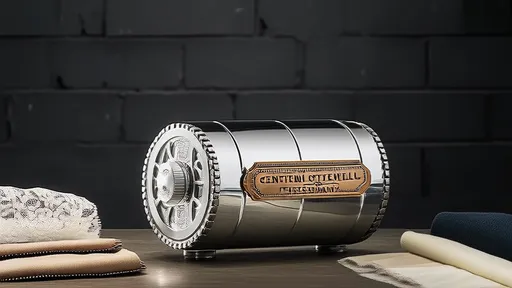
By /Jul 16, 2025

By /Jul 16, 2025